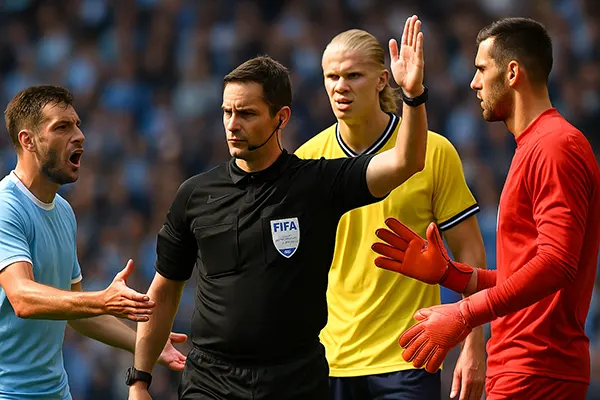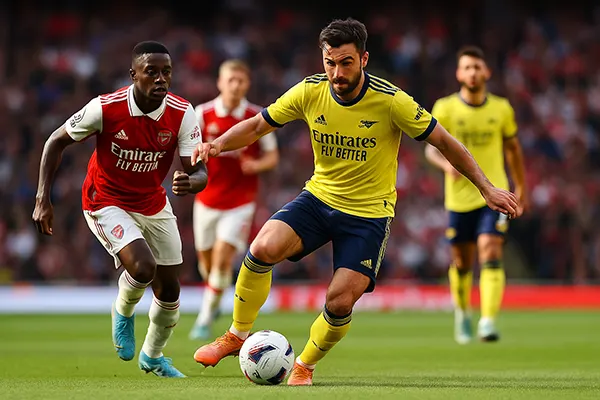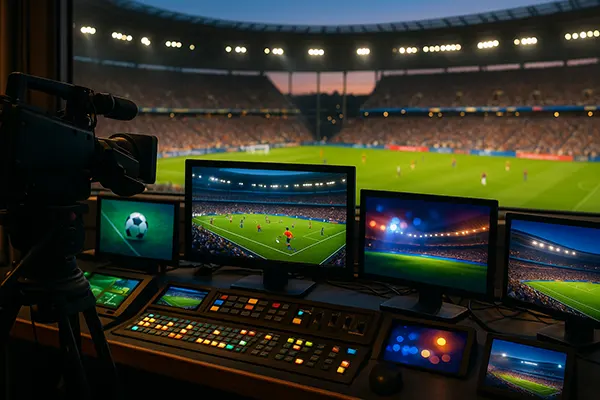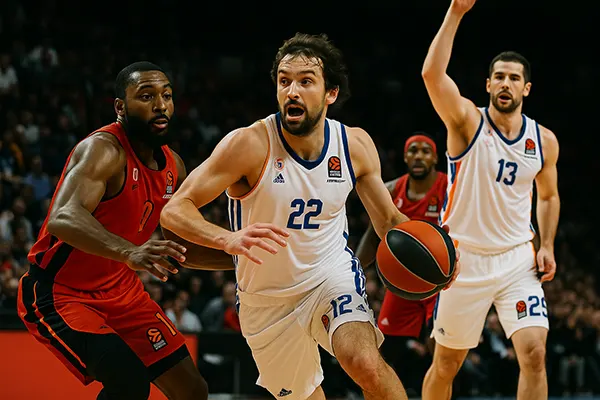Top 5 New Football Rules That Could Change the Game by 2026

Football continues to evolve under the influence of FIFA and IFAB. These organisations regularly analyse the sport to enhance fairness, safety, and entertainment. By mid-2025, several proposed rules are undergoing testing or have already been trialled in youth and professional tournaments. This article highlights five of the most impactful rule changes that are expected to reshape the dynamics of football by 2026.
1. Temporary Dismissals for Dissent
FIFA and IFAB are intensifying efforts to tackle player dissent, particularly towards referees. One of the key innovations is the introduction of temporary dismissals — or sin-bins — as already trialled in grassroots football in countries such as England and the Netherlands. Under this rule, a player showing unsporting behaviour, such as aggressive protest or verbal abuse towards officials, can be removed from the field for a 10-minute period.
This system has proven effective in rugby and is seen as a way to reduce confrontations in football. By introducing an immediate consequence, rather than relying solely on yellow cards, the new rule aims to restore respect for referees and encourage better behaviour on the pitch.
The rule is currently being piloted in semi-professional leagues, and IFAB has indicated promising results. If fully adopted by 2026, it could become a standard disciplinary tool in top-flight football, especially for non-violent infractions.
Impact on Team Dynamics
Temporary dismissals force teams to play with one less player, which significantly alters tactical approaches. Coaches may need to adjust formations quickly or rely on versatile substitutes to cover key roles during the suspension period.
This also adds pressure on captains to maintain discipline among teammates, knowing that any dissent could leave their side short-handed at critical moments of the match.
Overall, this change could reduce time-wasting and confrontation while reinforcing respect and professionalism in the sport.
2. Goalkeeper Behaviour Restrictions During Penalties
The new clarifications introduced in 2024 by IFAB now explicitly regulate how goalkeepers can behave during penalty kicks. Following incidents in high-profile matches, including the 2022 FIFA World Cup, the rules aim to prevent psychological tactics such as excessive movements, taunting, or delaying execution of the shot.
Goalkeepers must now remain on the goal line without performing gestures that distract or intimidate the penalty taker. Although some flexibility still exists, violations may result in warnings or even a re-take of the penalty.
This change supports the integrity of penalty shootouts, ensuring that the outcome is decided more by skill than gamesmanship. Referees are being instructed to enforce these provisions strictly during international and club competitions.
Improving Fairness During Set Pieces
The rule is designed to level the playing field between goalkeepers and shooters. While keepers still retain the right to move laterally on the line, they can no longer act disruptively — such as waving arms, shouting, or feigning delay.
Critics argue this reduces the keeper’s influence, but proponents say it restores focus on the skill of the shooter. Data from leagues enforcing this rule show a slight rise in penalty conversion rates.
By 2026, the adjustment may become a global standard, particularly if backed by consistent VAR implementation and referee training.

3. Five-Second Rule for Goalkeeper Distribution
In an attempt to accelerate the pace of play, IFAB is trialling a modified version of the six-second rule, reducing it to five seconds. This rule requires goalkeepers to release the ball within five seconds after gaining control. The goal is to minimise time-wasting, particularly in tight fixtures or when teams are defending a lead.
Enforcement is being assisted through the use of automated timekeeping integrated with VAR systems, ensuring objectivity and consistency. Infractions may lead to indirect free kicks from within the penalty area.
While not universally applied yet, several international youth competitions have already implemented this experimental rule, and early evaluations suggest positive feedback from coaches and fans alike.
Faster Transitions and More Attacking Play
By reducing idle time, the five-second rule encourages quick transitions from defence to attack. Goalkeepers must now think and act faster, favouring those with excellent distribution and awareness.
This could reshape goalkeeper recruitment, with agility and decision-making under time pressure gaining higher priority. Additionally, attackers benefit from fewer stoppages and more consistent momentum.
If adopted widely, this rule could make football more fluid and engaging, especially in high-stakes matches where time management becomes crucial.





